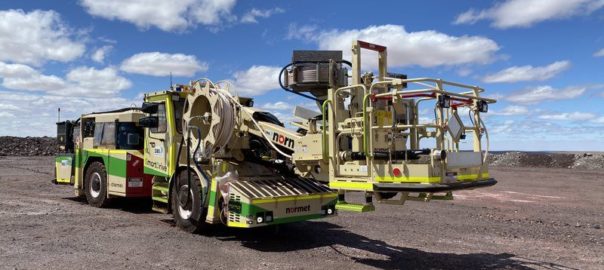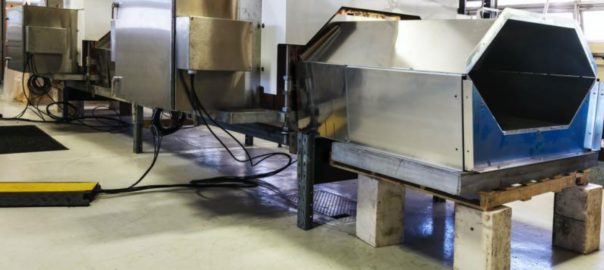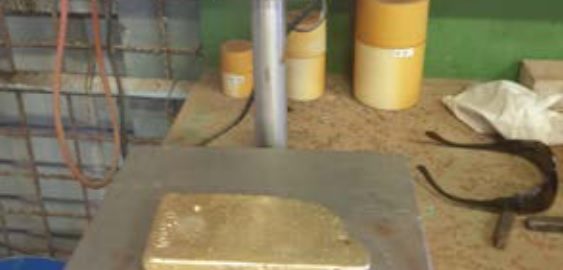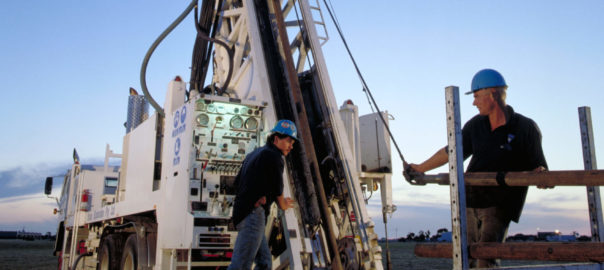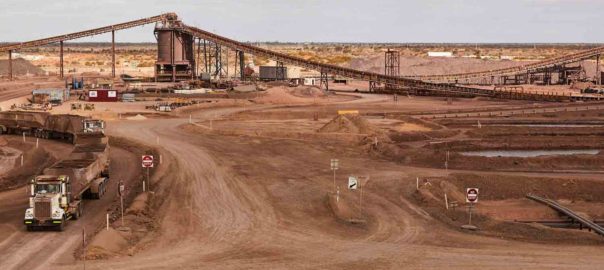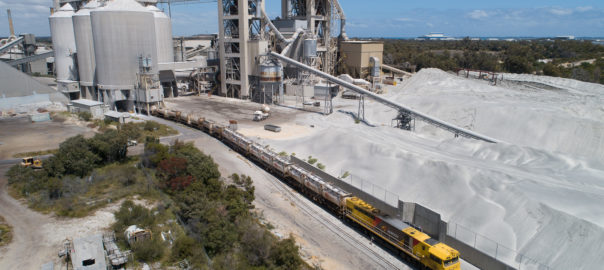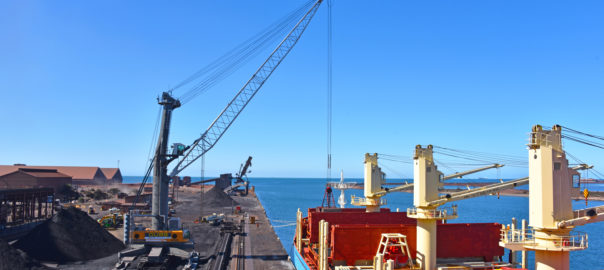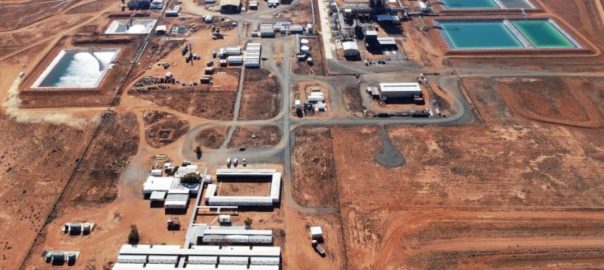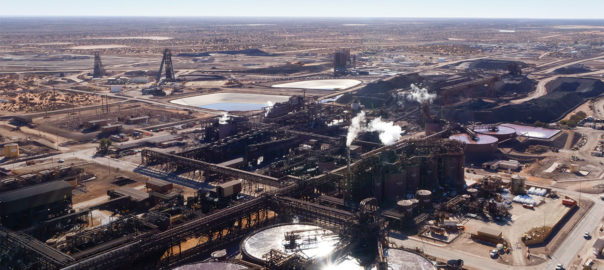OZ Minerals has become the first miner in Australia to take delivery of a battery-powered Normet Charmec MC 605 VE SmartDrive (SD), with the unit arriving at its Carrapateena copper-gold mine in South Australia last month.
In a post on LinkedIn, the company said of the machine: “It is Australia’s first battery-powered vehicle for underground explosive charging and emits zero local emissions.”
This followed the launch of its SmartDrive battery-electric vehicle architecture at Bauma in Munich, back in April 2019.
According to Normet, battery-based charging makes the explosives charging process safer and more efficient, as there is no need to plug in to the mine’s electric grid.
The company says the Charmec MC 605 VE SD presents the new era of charging in underground mines.
“Normet SmartDrive battery-electric vehicle technology, integrated to the state-of-art emulsion charging technology, offers the highest value to customer in terms of safety, health, ergonomics and productivity, with zero local emissions,” it said.
A prefeasibility study on an expansion of Carrapateena, released in June, included a trial of electric light vehicles and establishment of a renewable energy hub.







